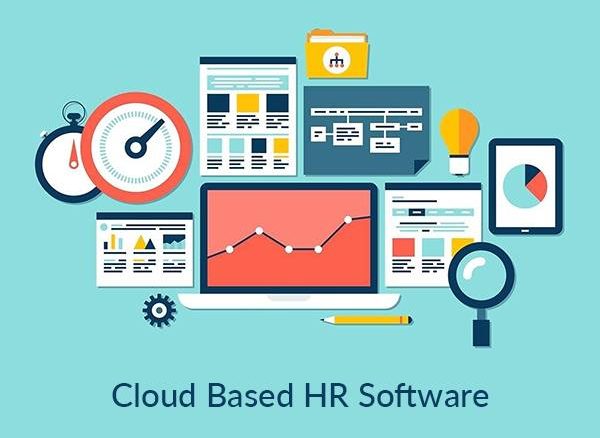Four Benefits of Integrating LMS and HR Software

A Learning Management System or LMS offers an efficient way to manage and track learning activities, promote career development, and ensure regulatory compliance. Considering the integration of LMS with your HRMS will give you numerous benefits. With HRMS, you can do anything from tracking applicants and recruiting to onboarding employees and giving them access to e-learning programs. Let’s take a closer look at the four most notable benefits of LMS integration with existing HR systems.
- Easy to facilitate Succession and Career Planning
The union of LMS and HRIS can ease every step of succession planning and promotion. Their seamless integration allows training to be assigned, completed, and tracked through the single smart system. Employee information can be automatically set up to update as new training levels are reached. If succession planning is done this way, managers can locate skills gaps, organizations can incorporate courses, modules, and resources for each phase their employee is in and access the list of employees eligible for promotion, and view all employee development information in seconds. They can also provide them intensive lessons during onboarding, supplementary knowledge as they’re being managed regularly, and additional modules for when they’re about to get promoted or transferred to a new division.
- Resolve issues you encounter with ease
Another advantage of integrating online learning platforms with your HR software includes speedy solving for any possible issues you face during the training process of your workforce. When your HR software works with your LMS, you can build help desk categories and subcategories to not encounter any difficulties in raising tickets. This simplifies the entire process and assists with query assignments that heavily depend on roles.
- Minimizes Redundant Data and Information Discrepancies
The information flows between the two if integrated automatically removes the potential for errors. Data redundancies cause a variety of issues. By integrating the two, the data regarding employee’s personal information and information about education or any completed training courses will be entered into both systems simultaneously. This information must be entered twice if the systems are separate and unconnected.
- Identify trends into Actionable Goals
Integrating LMS and HRMS can allow organizations to strategically use the raw data to spot patterns and correlations between things like training and turnover, training and promotion, and training and contentment. Being able to easily observe these links can help managers to optimize training requirements and improve productivity, turnover, and other key issues. The actionable goals improve user experience and reduce employee attrition.
When an LMS is integrated with the features of a human resource management system (HRMS), employee development automatically comes on top of the enterprise’s prime concerns L&D and HR teams both play a crucial role in talent management. Thus, their respective systems should also be fused to keep track of user data and automate certain aspects of the online training process. This in turn will create a better and more interactive learning experience as you monitor your employee's career growth and overall performance. Using a solution like Officenet gives you an all-in-one, centralized platform to unify your entire employee lifecycle.